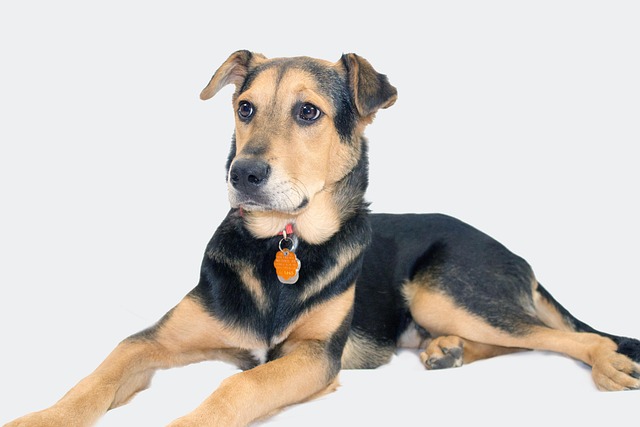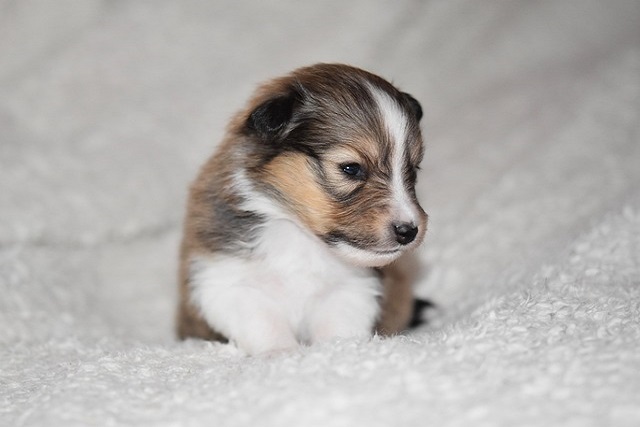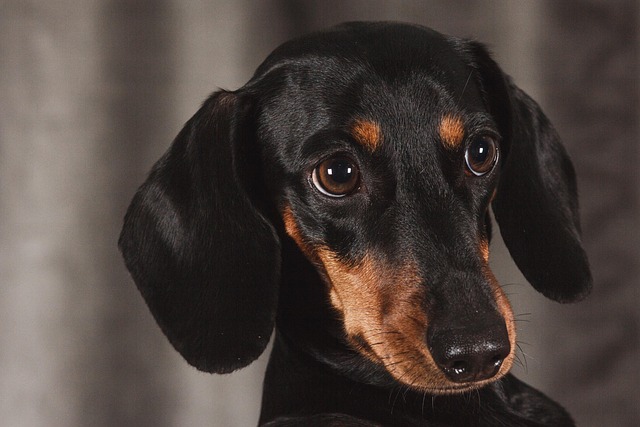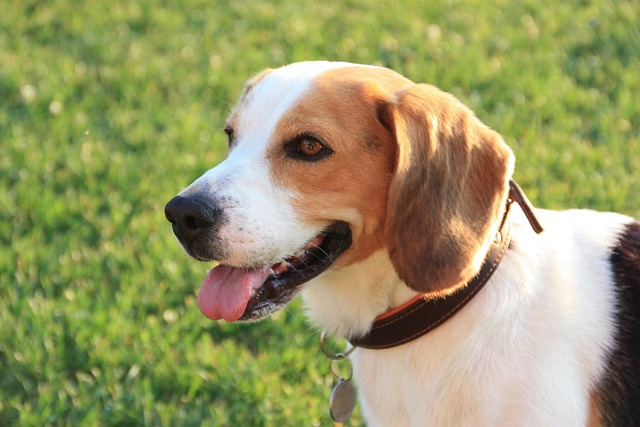
Why is the dog shaking in the cage?
Ever found your dog trembling inside their cage and felt that pang of worry? That shivering isn't just a random twitch—it’s your dog’s way of sending out an SOS.
When you see other people’s Toy Poodles prancing around like walking cotton balls—their fluffy, soft curls bouncing with every step—while your own pup’s coat lies flat and lifeless, it’s hard not to feel a pang of envy. That signature voluminous, curly coat isn’t just a hallmark of the breed; it’s a barometer of health. Restoring a Toy Poodle’s coat to its ideal state requires systematic care from the inside out, much like tending to a delicate woolen fabric—not just relying on grooming salon touch-ups. Behind that cloud-like fluff lies science-backed care, balanced nutrition, and consistent, meticulous attention.
Fluffiness starts with hair structure. A healthy Toy Poodle’s coat should have uniform tight curls, with each hair strand boasting intact cuticles that reflect light for a soft, matte finish. When cuticles are damaged, the coat turns rough and dull, losing its curl definition and, consequently, its bounce. Common culprits include harsh alkaline shampoos, improper brushing, dry environments, and nutritional deficiencies. Many owners mistakenly believe that heavy conditioner use will fix the problem, but without proper foundational care, these products only offer temporary relief—sometimes even weighing the coat down further with product buildup.
A scientific washing routine is key. Water temperature matters: 32–38°C (90–100°F) optimally balances cleansing and cuticle protection. Hot water forces cuticles open, causing moisture loss. Use a pH-balanced dog shampoo (5.5–7.0) to preserve the coat’s natural acidic barrier. When lathering, massage with the hair growth—never scrub aggressively against it, as this roughens cuticles. Rinse thoroughly; leftover residue is a top cause of flatness. Post-bath, gently blot (never rub!) with an absorbent towel, then blow-dry with a slicker brush, lifting from the roots. Air-drying is the enemy of volume—damp hair stretches under its own weight, drying straighter and losing elasticity.

Daily brushing maintains fullness. A Poodle’s curls tangle easily, and mats act like "knots" that crush overall volume. Use a slicker brush daily, starting at the tips and working upward. For stubborn tangles, finger-separate first. Monthly trims remove split ends, encouraging healthy regrowth. A spritz of anti-static spray or diluted leave-in conditioner reduces friction. Pay extra attention to tangle-prone zones: behind ears, armpits, and the groin—neglect here drags down the entire coat’s fluffiness.
Nutrition fuels coat quality. High-quality animal protein (≥25% of diet) provides the building blocks for hair. Omega-3 and -6 fatty acids (from fish oil, flaxseed) maintain shine and elasticity, while vitamins A, E, and B-complex support growth and repair. Over-supplementing, however, backfires—excess vitamin A, for instance, inhibits growth. Stick to a balanced premium diet, supplementing only under veterinary guidance. Hydration is equally critical: fresh water ensures hair stays supple and glossy.
When fluff won’t rebound, consider health issues. Hormonal imbalances (e.g., hypothyroidism) thin the coat; fungal infections cause patchy breakage; poor digestion hinders nutrient absorption. If your Poodle’s coat suddenly turns brittle or flat—especially with itching or dandruff—seek veterinary advice rather than piling on more grooming products.
Watching your Toy Poodle’s coat regain its springy fluff feels like completing a masterpiece. Each gentle brushstroke, every nutrient-packed meal, and every mindful wash is a step toward that ideal. A voluminous coat isn’t just about looks—it’s a reflection of thriving health. When your little fluffball joyfully bounds toward you, curls bouncing like clouds, you’ll know every effort was worth it. Because that isn’t just a beautiful coat—it’s love and dedication made visible, a testament to the bond between you and your Poodle.

Ever found your dog trembling inside their cage and felt that pang of worry? That shivering isn't just a random twitch—it’s your dog’s way of sending out an SOS.

Sharing food with your furry companion feels like an act of love, right? Those pleading eyes under the dinner table are hard to resist.

Coming home to chewed-through doors, frantic barking echoing from the neighbor's security cam, or a trembling, panting dog covered in drool – severe separation anxiety is heartbreaking.

Picture coming home to find your coffee table chewed to splinters, your curtains shredded, and your Beagle trembling by the door—panting like they’ve chased a rabbit for miles.

If you've ever cringed while picking up your dog's rock-solid poop, you're not alone. Hard, dry stools aren't just an unpleasant cleanup—they're a clear sign that your furry friend's digestive system is crying out for help.

Let’s be real—when Fido leans in for a slobbery kiss and his breath smells like last week’s trash, your first instinct might be to grab your minty-fresh human toothpaste.